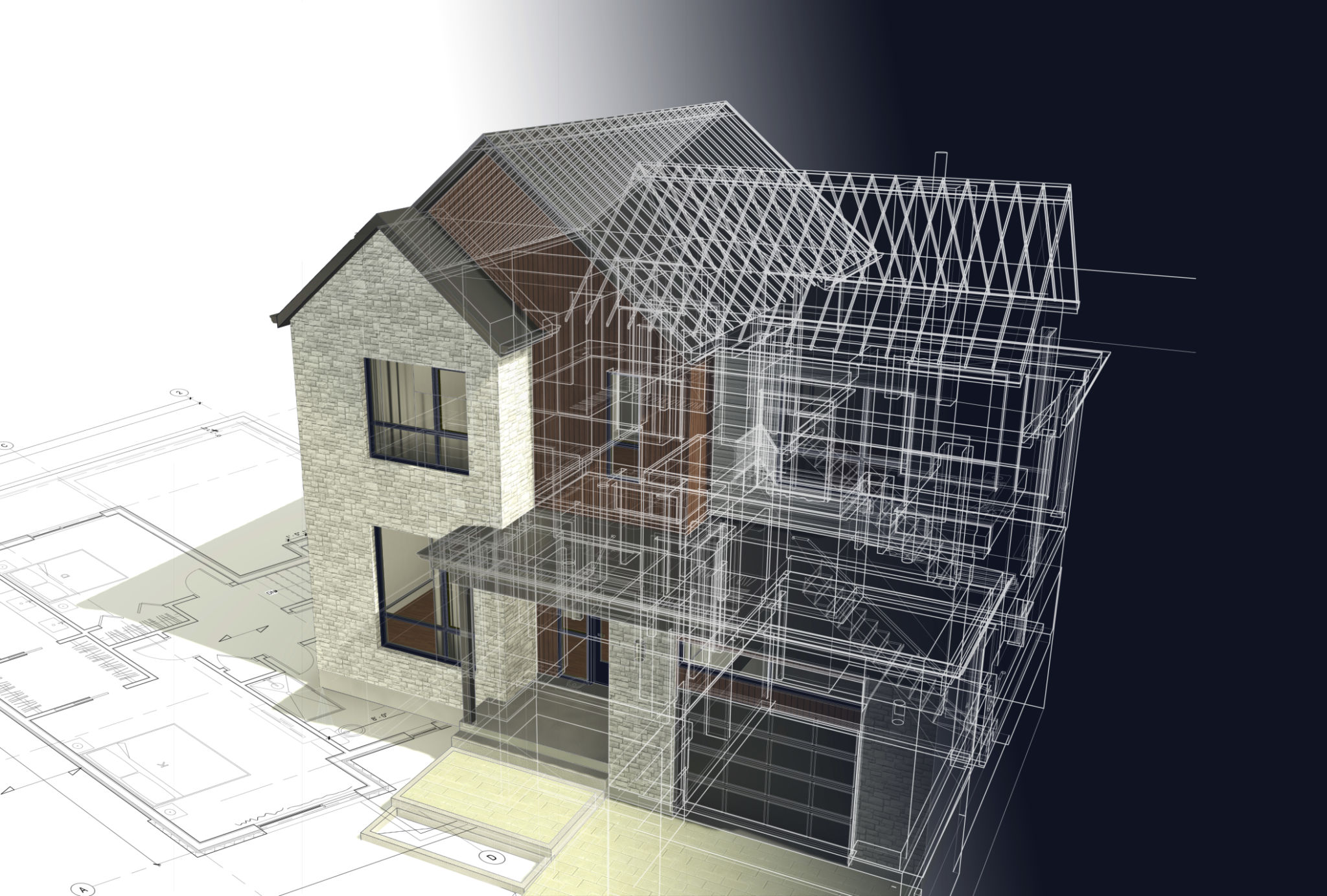Latest Technology in Structural Repairs: How It's Transforming House Leveling
Introduction to Modern House Leveling
House leveling is a crucial aspect of maintaining the structural integrity of a home. Over time, foundations can shift, causing uneven floors, cracks in walls, and other structural issues. Traditionally, house leveling involved invasive and costly methods. However, recent advancements in technology have revolutionized the way structural repairs are conducted, making the process more efficient and less disruptive.
In this post, we'll explore the latest technologies that are transforming house leveling and how these innovations are improving the quality and longevity of residential structures.

Advanced Materials and Techniques
Polyurethane Foam Injection
One of the most significant advancements in house leveling is the use of polyurethane foam injection. This technique involves injecting a high-density foam under the foundation to fill voids and lift the structure back to its original position. It's a minimally invasive method that provides quick results with minimal disruption to the home environment.
The benefits of polyurethane foam injection include its lightweight nature, which reduces additional stress on the soil, and its rapid curing time, often allowing homeowners to resume normal activities within a day.
Helical Piers
Helical piers are another innovative solution in structural repairs. These steel shafts with helical plates are screwed into the ground beneath a foundation until they reach stable soil or bedrock. They provide strong support to stabilize and level structures effectively. This method is particularly useful for homes built on unstable or clay-rich soils.
The installation of helical piers is less disruptive compared to traditional methods and offers a permanent solution to foundation issues.

Technological Innovations in Monitoring
Wireless Sensor Networks
Technology has also enhanced the way we monitor structural integrity. Wireless sensor networks are being deployed to provide real-time data on a building's condition. These sensors can detect shifts and changes in a foundation's position, allowing for early intervention before significant damage occurs.
This proactive approach not only saves homeowners from costly repairs but also ensures the ongoing safety of the structure.
3D Laser Scanning
3D laser scanning is another cutting-edge technology transforming house leveling. By creating detailed 3D models of a property, engineers can accurately assess the condition of a foundation and pinpoint areas that require attention. This precise mapping allows for targeted repairs and reduces the guesswork involved in traditional methods.

The Future of Structural Repairs
As technology continues to evolve, we can expect even more innovations in the field of structural repairs. Researchers are exploring new materials and techniques that promise to make house leveling even more efficient and cost-effective.
For homeowners, investing in these advanced technologies not only ensures the stability of their homes but also increases property value. As awareness grows about these innovative solutions, more people are turning to high-tech methods for their structural repair needs.
In conclusion, the latest technology in structural repairs is transforming house leveling by offering faster, more reliable solutions with minimal disruption. From polyurethane foam injections to wireless sensor networks, these advancements are paving the way for safer, longer-lasting homes.
